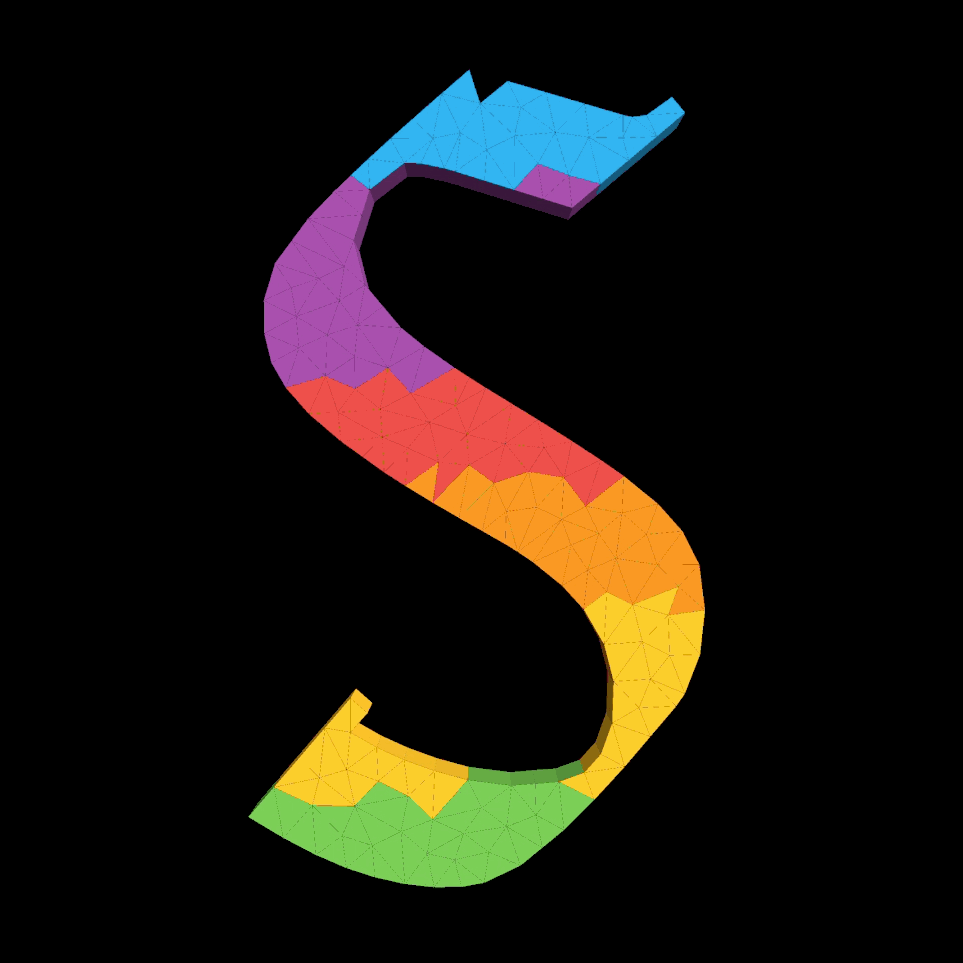Painting by Numbers
/The earliest example of computer-generated text art was created by H. Philip Peterson in 1964. He used a CDC 3200 computer and a “flying-spot” scanner to create a digital representation of the Mona Lisa. The image contained over 100,000 pixels that were plotted using numerals, sometimes overprinted, to approximate the required density and took 14 hours to complete. Similar digital images of popular art, cartoon characters, and even nudes adorned the walls of corporate offices, labs, and computer centers throughout the 1960s.
You can find out more about the digital Mona Lisa here, and there is an online viewer for closer inspection here. An art-to-ascii image transformation sounded like fun task, but what subject to use? One of my favorite Spanish artists is Francisco Goya. I love his use of witch covens as imagery, most notable in the Black Paintings. Witches in the Air (1978) is probably my favorite of his oil paintings. It was also the subject of an auction house theft in Danny Boyle's fictional film "Trance". Witches was part of a series of six paintings related to the occult acquired by the Duke and Duchess of Osuna. Another favorite of the Osuna paintings is Witches' Sabbath, shown below on the right. Adjacent is the animated gif my function created, zooming in to show the ascii pixels (rendered mind you in seconds, not 14 hours).
Here is the mathematica code that made it, along with a tool for interactively zooming into images and graphics objects (a tool sorely lacking in Mathematica). Try it out on your favorite image!
And for those interested in the provenance of Sabbath - the painting was purchased by the financier José Lázaro Galdiano in the twentieth century and then donated to the Spanish state on his death. Since 1999 it's been sitting in the Prado Museum.





